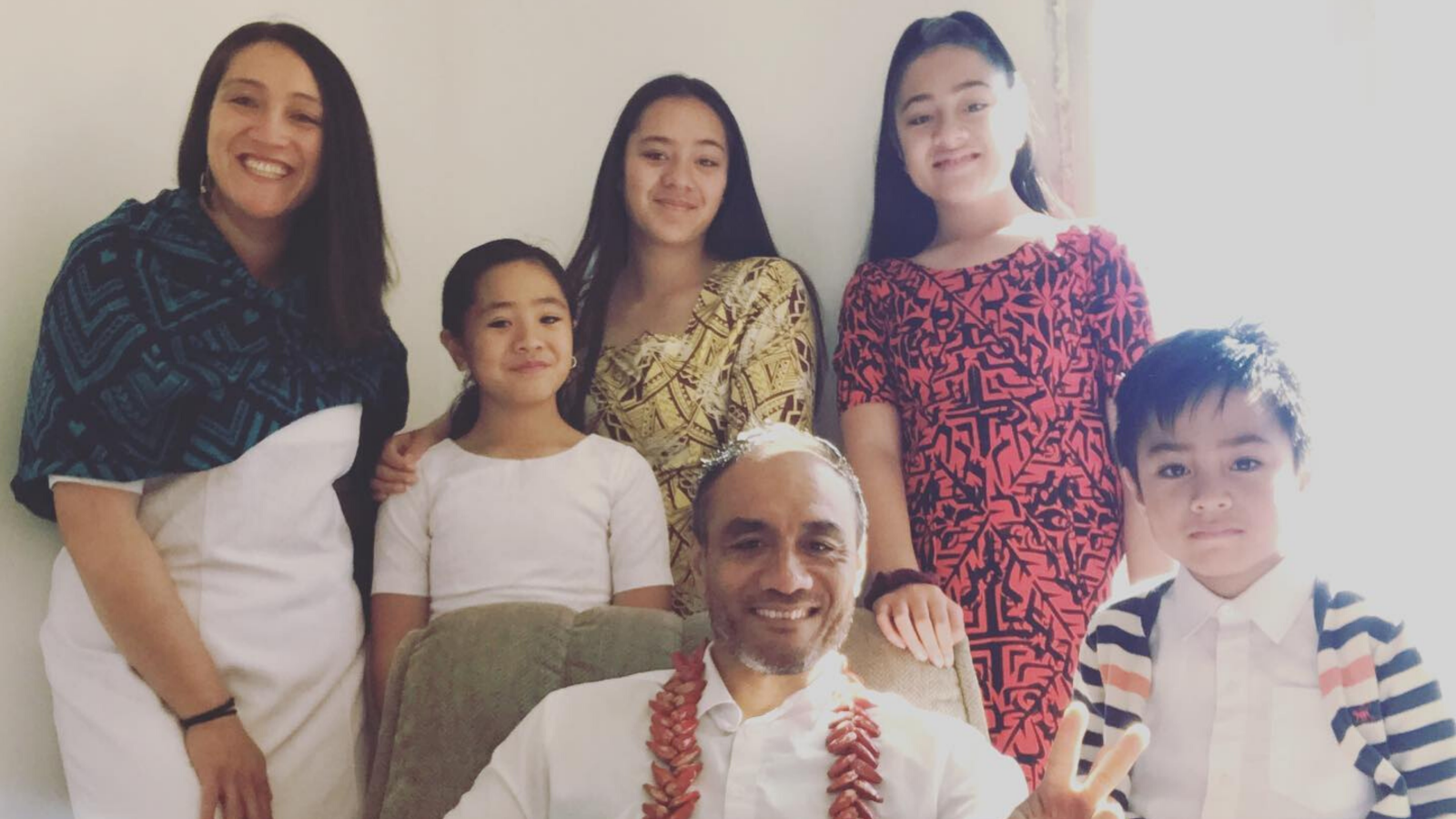
“Understanding these language processes presented the opportunity to reflect and learn more about our language narrative. What has happened within our language reflects our history and helps us think about how the gagana Sāmoa (Samoan language) might grow in the future.”
Dr Muaiava has lectured in Samoan language for the past eight years at the University and chose to do his PhD in Pacific Studies because he wanted to focus on telling Pacific stories through a Pacific lens. His PhD explored missionary and government influences on the Samoan language from 1906 to 2014.
“What Pacific Studies does is it encourages us to look at our research about the Pacific, about Pacific peoples, and about Pacific concepts through a Pacific lens. When we conduct research, we endeavour to empower indigenous voices and histories.” He says that is important, because too often indigenous knowledge has been misinterpreted.
Dr Muaiava chose to focus on several periods of extreme social change in Sāmoa such as the missionary period, German and New Zealand administration, Samoan independence, and the diaspora.
His study looks at the lāuga fa’amatai and lāuga fa’alelotu discourses, which were used to represent the government and church lexicons respectively.
“It took approximately ten years from the dissemination of a Samoan-language bible for the whole nation to become literate in reading ‘written’ Samoan. The influence of the bible in Sāmoa and across the whole Pacific is very instrumental in shaping what our language looks like today. This, however, has come at the expense of some of our indigenous practices (and vocabularies) that were deemed ‘heathen’ at the time.
“But there is a revival of our indigenous knowledge and words at the moment, which is good to see.”
In his thesis, Dr Muaiava makes the point that “language change is a consequence of cultural, social, and linguistic interactions”.
“While Christianity fast-tracked language change in Sāmoa—my research shows that it has become stagnant; where the key driver of change in the Samoan language is now the language of government.”
The two lexicons of lāugafa’amatai and lāugafa’alelotu are independent but interconnected. “There’s a history of vocabulary sharing where terms used in the Samoan Bible were used to make sense of government ideologies. It is just really layered and complex, as with any language change.”
Gagana Sāmoa has a strong future, says Dr Muaiava, “because of its ability to adapt. The gagana has the capacity to adapt in different ways, using existing words, transliterations, and even a combination of both”.
One of the unique characteristics of the Samoan language today is the fact that it is not standardised like other languages, and Dr Muaiava thinks that this complexity is advantageous because it contributes to the survival and maintenance of the Samoan language.
“Although many of our people are becoming less fluent and can’t have full conversations in Samoan; a lot understand it well, they just can’t hold a conversation, which is why we need to encourage more ‘talanoa’ (speaking) in the gagana Sāmoa. The celebration of Vaiaso ‘o le Gagana Sāmoa (Samoan language week) every year is important to promote the importance of not only the Samoan language, but all Pacific languages in Aotearoa, but we must continue to celebrate it in our homes daily.”
Dr Muaiava was set to graduate with his PhD this month but is waiting for the opportunity to do so with his family and friends. “That will make the many years of work worth it.”
